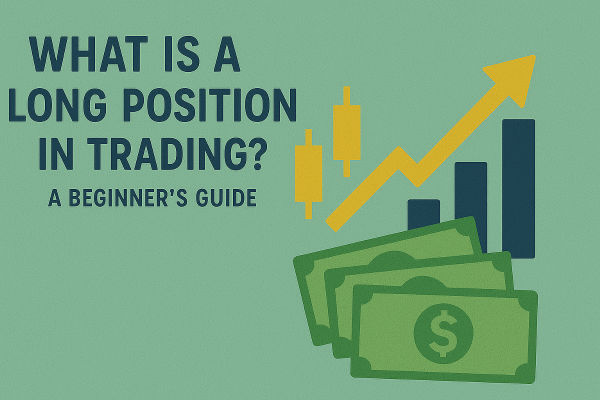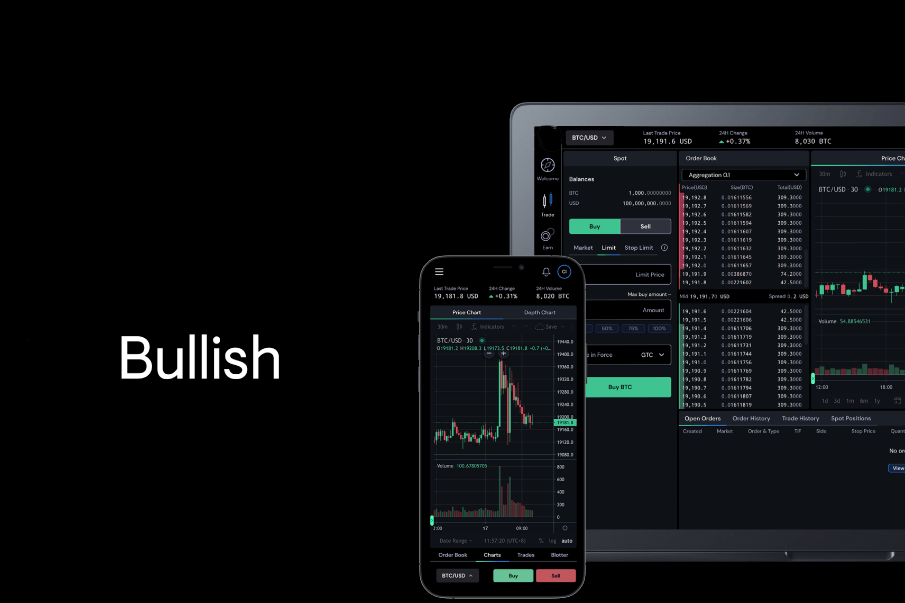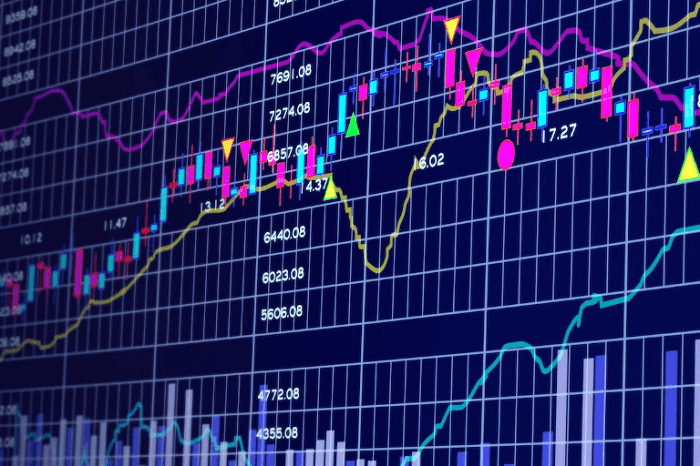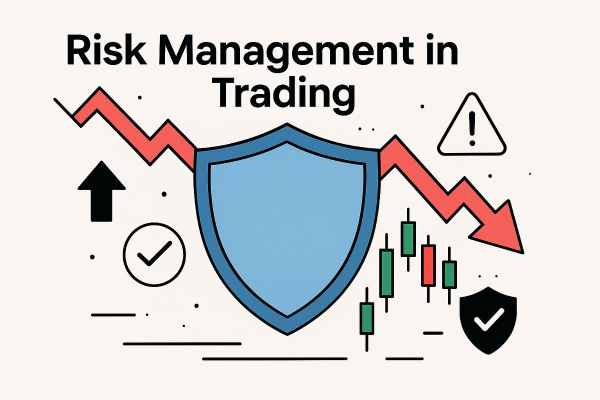In trading, every position represents a choice about the direction of the market. Taking a long position means betting that prices will rise, while taking a short position means expecting them to fall. For most beginners, going long is the first step they learn, it mirrors the familiar idea of buying something now and selling it later for a higher price.
Understanding what a long position means in trading is essential because it underpins nearly every financial market, from forex and stocks to commodities and contracts for difference (CFDs). Knowing when and how to go long can help traders make confident, informed decisions about timing, risk, and profit potential.
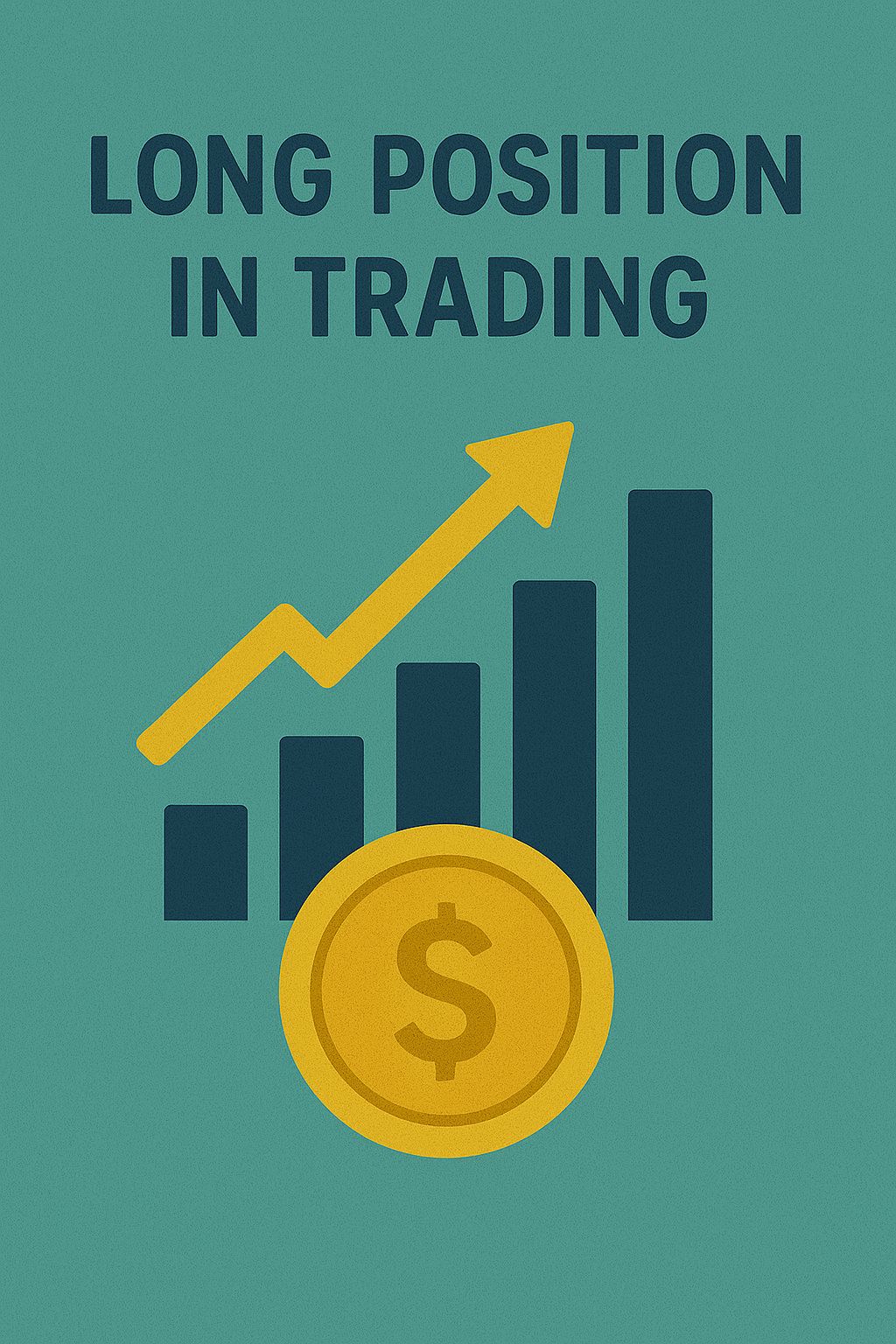
What Is a Long Position?
A long position is when a trader buys an asset expecting its value to increase. The goal is simple: buy low, sell high. The concept applies to all types of assets — currencies, shares, commodities, and derivatives.
For instance, if a trader believes that the euro will strengthen against the US dollar, they might buy EUR/USD at 1.0800. If the pair rises to 1.0900, they can close the position and earn the profit from the price difference. Similarly, an investor buying 100 shares of a company at £10 each and selling them at £12 has made £200 in profit before costs.
The long position reflects a bullish outlook. Traders take it when they expect positive momentum, strong earnings, or supportive macroeconomic conditions to push prices higher.
How a Long Position Works
When you take a long position, you buy an asset and hold it with the intention of selling later at a higher price. The profit or loss depends on how much the price moves after your entry point.
Example using stocks:
You buy 50 shares of Apple at $180 each, investing $9,000. A few weeks later, the stock rises to $200. Selling your shares nets $10,000, giving you a $1,000 profit.
Example using forex:
You go long one lot of GBP/USD at 1.2600. If the price climbs to 1.2700, you gain 100 pips, which equals $1,000 profit in a standard lot trade.
The formula for calculating profit or loss in a long position is:
Profit/Loss = (Sell Price - Buy Price) × Quantity
This formula applies across all markets. The longer you hold the position, the more external factors such as interest rates, earnings announcements, or global news can influence the outcome.
Long Position in Different Markets
Forex:
A long position in forex means buying the base currency and selling the quote currency. For example, going long on USD/JPY means expecting the dollar to rise relative to the yen. Forex traders often use leverage to amplify the size of their positions, but this also increases risk.
Stocks:
Taking a long position in stocks means buying shares and holding them in anticipation of price growth. Investors might hold long positions for months or even years, benefitting from both price appreciation and dividends.
Commodities:
Commodity traders go long on gold, oil, or agricultural products when they expect supply constraints or rising demand. For instance, traders who went long on oil in early 2025 profited as global energy demand surged and OPEC+ tightened production.
CFDs:
A CFD long position allows traders to speculate on price increases without owning the underlying asset. Profits come from price changes alone, and traders can use leverage for larger exposure with smaller initial capital.
Long Position vs Short Position
A long position is the opposite of a short position. When you go short, you sell an asset first, expecting its price to fall so you can buy it back later at a lower price. In contrast, a long position profits when prices rise.
For example:
If you go long on gold at $1,900 and sell at $1,950, you make a profit.
If you short gold at $1,900 and buy back at $1,850, you also profit — but from a decline.
Both strategies can be used depending on market conditions. In bullish markets, long positions dominate. During recessions or corrections, traders may prefer short exposure.
Why Traders Take Long Positions
1. Bullish Sentiment:
When traders believe an asset’s value will rise, due to strong earnings, policy support, or favourable macro trends, they go long to capture the upside.
2. Long-Term Growth:
Investors often hold long positions for years. For instance, those who went long on the S&P 500 in 2010 and held until 2020 achieved an average annual return of about 13%.
3. Hedging:
A trader or business can use long positions to offset risk elsewhere. For example, an airline might go long on fuel futures to hedge against rising oil prices.
4. Dividends and Yield:
In equities or commodity ETFs, long positions can generate dividend or yield income in addition to capital gains.
Real-World Examples
Bitcoin (2024–2025):
In late 2024, traders who went long on Bitcoin near $38,000 captured significant gains as the cryptocurrency rallied past $60,000 in 2025 following ETF approvals and rising institutional interest.
Gold (2020–2023):
Investors who went long on gold during the pandemic saw it rise from $1,500 to nearly $2,000 as inflation fears and low rates increased demand for safe-haven assets.
Nvidia (2023–2025):
Stock traders who took long positions in Nvidia benefited from the AI boom, as its share price more than tripled between mid-2023 and early 2025.
These examples show how long positions can thrive when investors correctly anticipate market trends.
Risks of Holding a Long Position
Long positions are not risk-free. Prices may fall instead of rising, leading to losses. The longer the holding period, the higher the exposure to market changes.
Common risks include:
Over-leverage, especially in CFD or forex trading.
Economic downturns or unexpected policy changes.
Profit erosion due to holding costs or swap fees.
For example, traders who went long on emerging market currencies in 2023 faced heavy losses as the US dollar strengthened on higher interest rates.
Risk management strategies:
Use stop-loss orders to limit potential losses.
Avoid risking more than a small percentage of capital per trade.
Diversify across multiple assets to reduce exposure to one market.
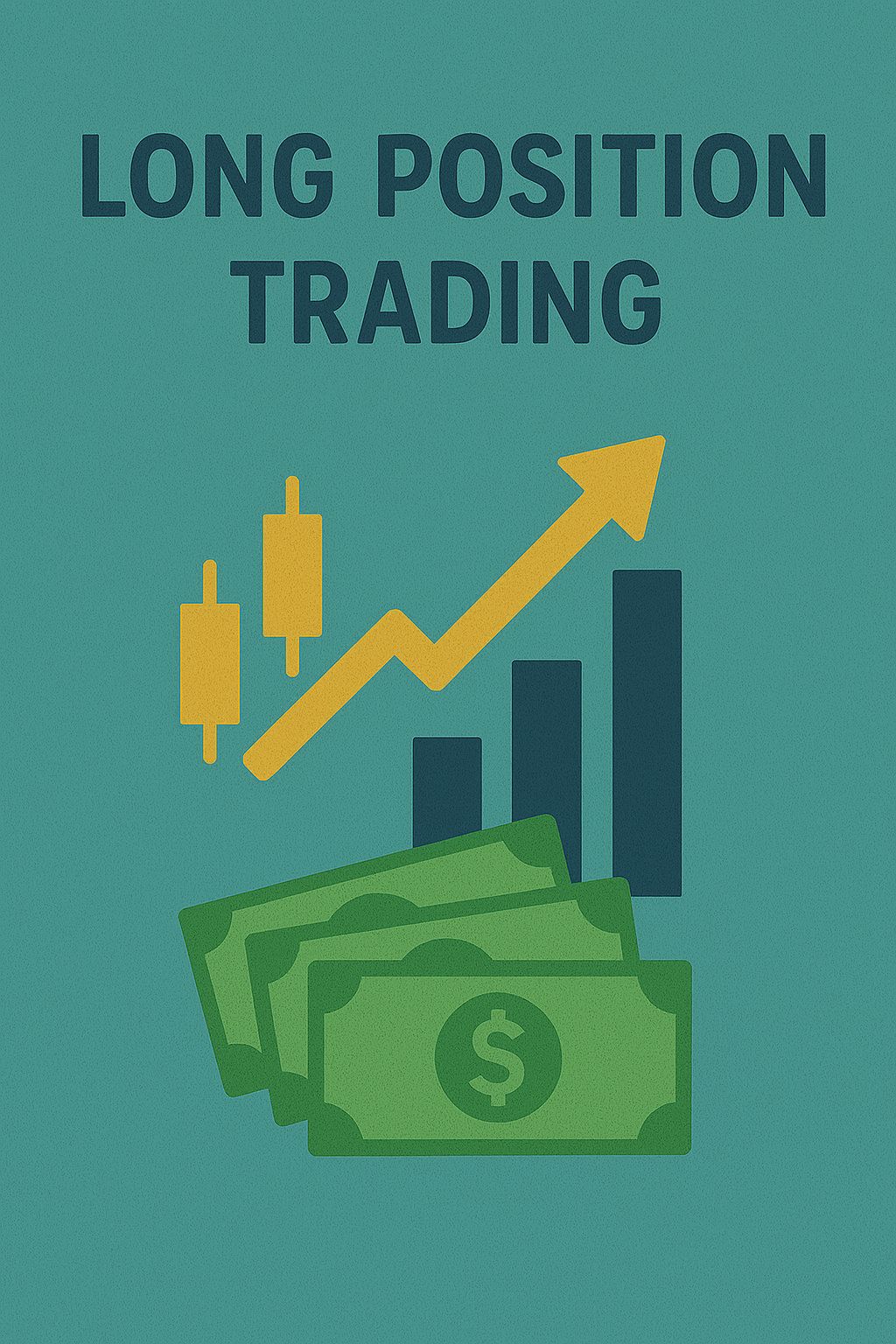
How to Manage a Long Position
Managing a long position requires discipline and clear planning.
Set entry and exit points based on technical or fundamental analysis.
Use take-profit orders to secure gains when price targets are met.
Monitor key indicators such as moving averages, RSI, and economic data.
Adjust your stop-loss as the position moves in your favour to protect profit.
Example: A trader who goes long on EUR/USD at 1.0850 with a target of 1.0950 might move the stop-loss to 1.0900 once the price reaches 1.0940, locking in gains while allowing further upside.
FAQs About Long Positions in Trading
Q1. What does it mean to go long in trading?
It means buying an asset expecting its value to rise, allowing you to sell later at a profit.
Q2. Can I go long using leverage?
Yes, leverage allows traders to control larger positions with smaller capital, but it also magnifies potential losses.
Q3. How long can I hold a long position?
There is no fixed period. Traders hold for hours or days, while investors may hold for years, depending on their strategy and goals.
The Big Picture
Taking a long position is one of the oldest and most fundamental ideas in trading. It represents confidence, patience, and a belief in growth. Whether you are buying currencies, commodities, or company shares, understanding how long positions work helps you align with the market’s momentum. By combining strategy, risk control, and timing, traders can use long positions to participate in economic expansion and wealth creation.
Mini Glossary
Long Position: Buying an asset expecting its value to rise.
Short Position: Selling an asset expecting its value to fall.
Leverage: Borrowed funds used to magnify returns or losses.
Stop-Loss: An automatic instruction to close a trade at a set loss threshold.
Disclaimer: This material is for general information purposes only and is not intended as (and should not be considered to be) financial, investment or other advice on which reliance should be placed. No opinion given in the material constitutes a recommendation by EBC or the author that any particular investment, security, transaction or investment strategy is suitable for any specific person.
